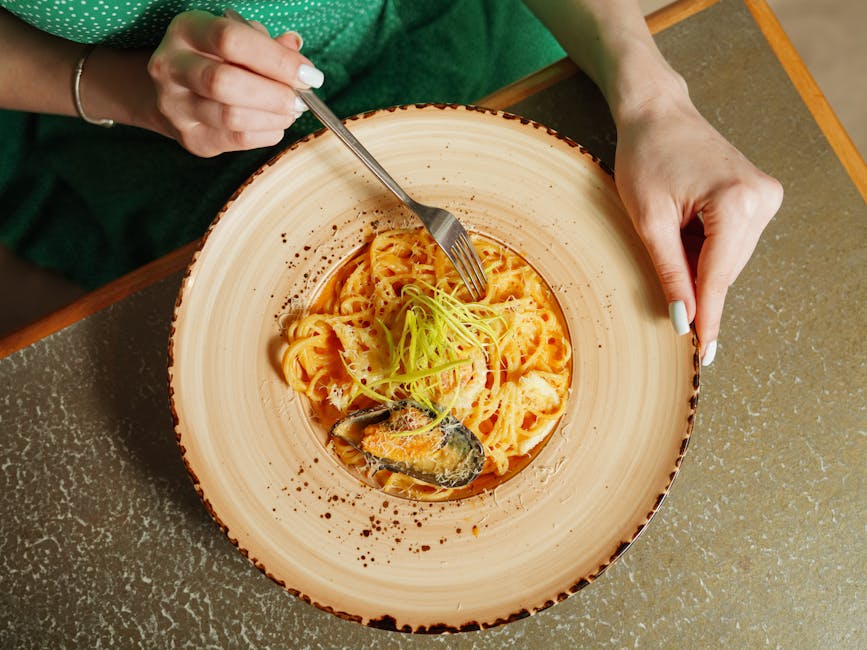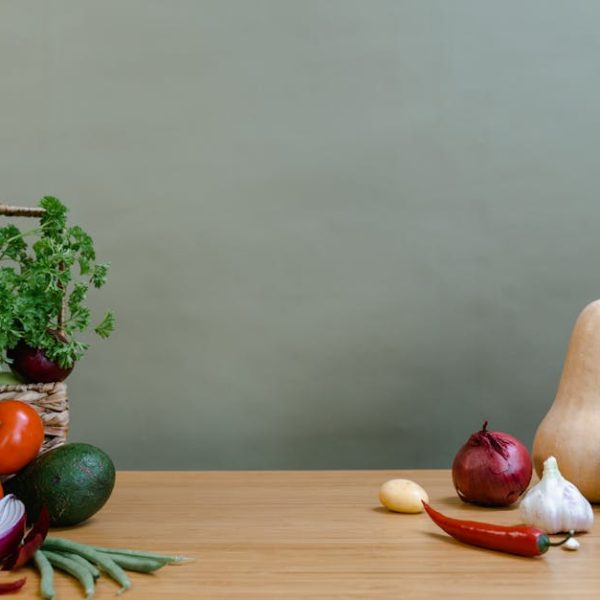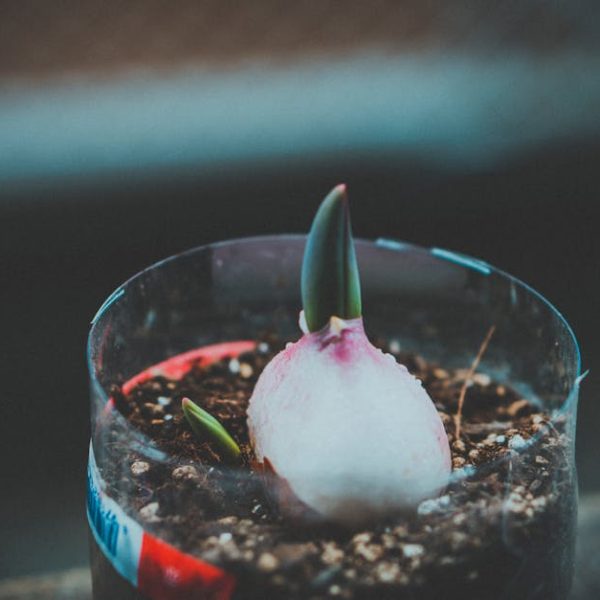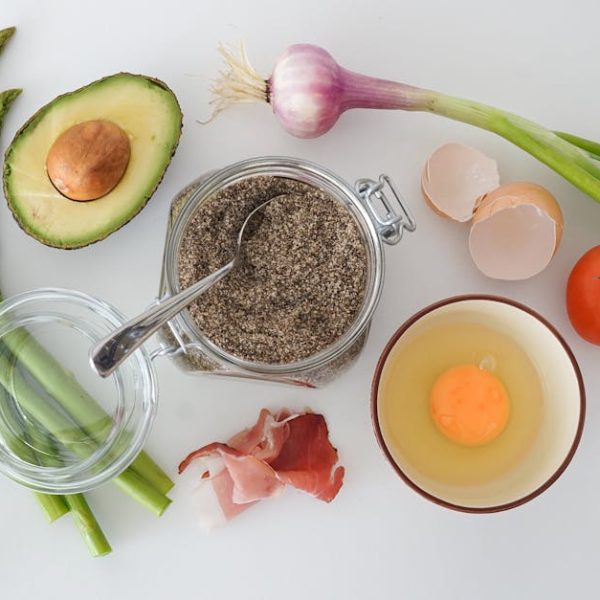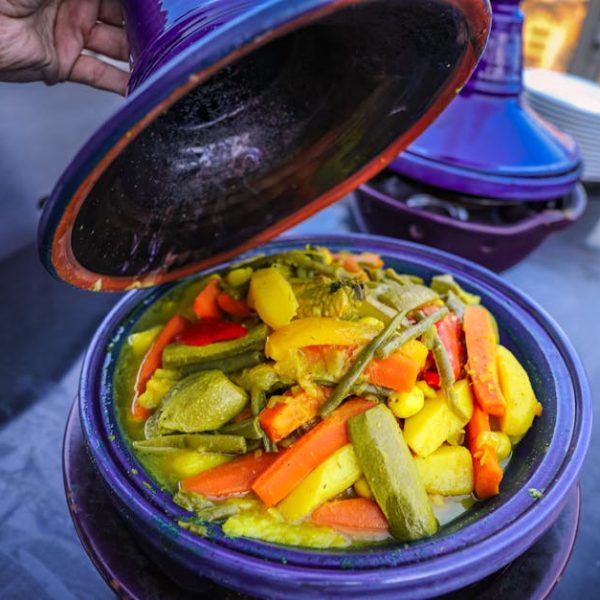When it comes to freezing zucchini squash, a lot of us aren’t exactly sure how to go about it. Understandably, we naturally assume that because it’s a vegetable, we can just toss it in the freezer and forget about it until we’re ready to use it. However, proper freezing of zucchini squash is essential for maintaining its taste and nutritional value. Plus, it cuts down on food waste by prolonging the life of this versatile veggie.
If zucchini is improperly frozen, you might end up with a mushy, flavorless mess rather than the crisp, nutrient-packed squash you’ve hoped for. But by following some essential steps, you can freeze your zucchini and enjoy it months from now as if it was fresh from the garden.
Pro Tip: For optimum long-term preservation of zucchini’s texture and nutrients, store it in the freezer.
Choosing the Perfect Zucchini Squash
It’s a universal agreement: the state of your zucchini pre-freezing greatly impacts the quality after thawing. This applies especially to the maturity and size of the zucchini. A good, sturdy squash with a vibrant color and firm texture fares the best. It should also be free from any noticeable blemishes or soft spots. Traditional wisdom suggests that medium-sized zucchinis (about six to eight inches long) freeze best.
Checklist: Choose zucchinis for freezing that are firm to the touch, sporting a vibrant green color, and are medium-sized without any soft spots.
While larger zucchinis might seem like a good idea for more yield, they often contain large, hard seeds and can result in a more watery texture post-freezing. Smaller zucchinis, while void of these issues, may require more work during the preparation process.
Cleaning and Processing Zucchini Squash
Once you’ve selected the perfect zucchini, the next step is cleaning and preparing them for freezing. This involves thoroughly washing the squash to get rid of any dirt or bacteria. A vegetable brush can work wonders here. Next, cut the zucchini into your desired shape and size – slices, cubes, or shredded – whatever works best for your future cooking plans.
Pro Tip:
- Use a vegetable brush during the washing process to get off any stubborn dirt or bacteria.
- Use a sharp knife on a stable cutting board to dice or slice your zucchini. A dull knife can cause the vegetable to bruise or lead to an uneven cut.
Blanching Zucchini Before Freezing
Now that you have your zucchini prepared, the next crucial step is blanching – a quick parboil followed by an ice bath. Blanching helps maintain the zucchini’s bright green color, prevents enzymes from breaking down its texture and nutritional value, and also cleanses the surface of dirt and organisms.
List:
1. Boil a large pot of water.
2. While waiting for the water to boil, prepare an ice bath in a large bowl.
3. Add the zucchini pieces to the boiling water.
4. Boil for two minutes (more substantial pieces may need an extra minute).
5. Quickly transfer the zucchini from the boiling water into the ice bath to stop the cooking process.
Pro Tip: To preserve its texture and color, refresh your blanched zucchini in icy cold water immediately to halt the cooking process.
Storing Zucchini in the Freezer
When it comes to packing zucchinis for freezing, it’s essential to use a high-quality, freezer-safe bag or container. Try to remove as much air as possible from the bag before sealing to prevent freezer burn.
Best Practices: Label and date your packages. This practice makes identification easier and ensures you’re using the oldest vegetables first.
Versus:
| Method | Advantages | Disadvantages |
|---|---|---|
| Freezer Bags | Cheap, easy to store | Can allow freezer burn if not sealed properly |
| Glass Containers | Reusable, sustainable option, efficient seal | Can break, takes up more space |
| Vacuum-Sealed Bags | Best protection against freezer burn | Requires special equipment, more expensive |
Enjoying Frozen Zucchini
Frozen zucchini is a versatile addition to many meals but remember, its texture after freezing is not ideal for every use. It works brilliantly in dishes where it will be cooked, such as casseroles, stews, and smoothies, but it might not be the best choice for uses like raw salads.
Top 5 uses for frozen zucchini:
1. Zucchini Bread
2. Stir-Fries
3. Zucchini Noodles
4. Casseroles
5. Smoothies
Pro Tip: For the best results, thaw your frozen zucchini in the refrigerator or microwave before cooking.
Now that you’re equipped with the right knowledge, freezing zucchini squash correctly will be a breeze. This will not only save you time and effort but also ensure that you have a nutritious, ready to cook ingredient in hand whenever you like! Start preserving this versatile vegetable today and enjoy the fruits (or rather veggies) of your labor.
Key Takeaway:
- Proper freezing of zucchini squash is essential to maintain its taste, texture, and nutritional value, and to prevent it from becoming mushy or flavorless.
- The quality of the zucchini pre-freezing greatly impacts its condition post-freezing. Choose squash that is medium-sized, firm, and without blemishes for the best results.
- Preparation steps like cleaning, cutting into desired sizes, blanching, and cooling properly are fundamental to preserving zucchini.
- Use high-quality, freezer-safe bags or containers for freezing. Removing as much air as possible and properly labelling the packages can help prolong the zucchini’s freshness.
- While frozen zucchini works well in cooked dishes like casseroles, stews, and smoothies, it might not work as well in dishes like raw salads due to subtle changes in texture after freezing.
Though freezing zucchini might seem like a daunting task, it is quite doable with the correct knowledge and preparation. This process can save you time, reduce food waste, and provide a nutritious ingredient for your culinary adventures. So don’t shy away; enjoy the process and relish the results.
FAQs
Q: How long does frozen zucchini stay fresh for in the freezer?
A: When stored properly, frozen zucchini can stay fresh for about 9 to 14 months.
Q: Can I refreeze zucchini once it has been thawed?
A: Refreezing zucchini is generally not recommended as it can lead to a significant loss in texture and nutritional value.
Q: I accidentally froze my zucchini without blanching it. Is it still safe to eat?
A: Yes, it’s safe to eat but the texture and nutritional value may be compromised. Blanching is recommended to preserve these qualities better.
Q: Can I freeze zucchini without cutting it into smaller pieces first?
A: Yes, but it is easier to manage and use in various recipes if it is first cut into desired sizes. Furthermore, smaller pieces freeze evenly and thaw faster.
Q: Can I use frozen zucchini for zucchini noodles?
A: It’s not recommended as freezing alters the texture of zucchini, making it somewhat softer, which might not yield the best result for zucchini noodles.
Feel free to share this article with anyone interested in food preservation and freezing techniques. Explore more posts on our website for tips on maximizing the lifespan of your kitchen staples!
